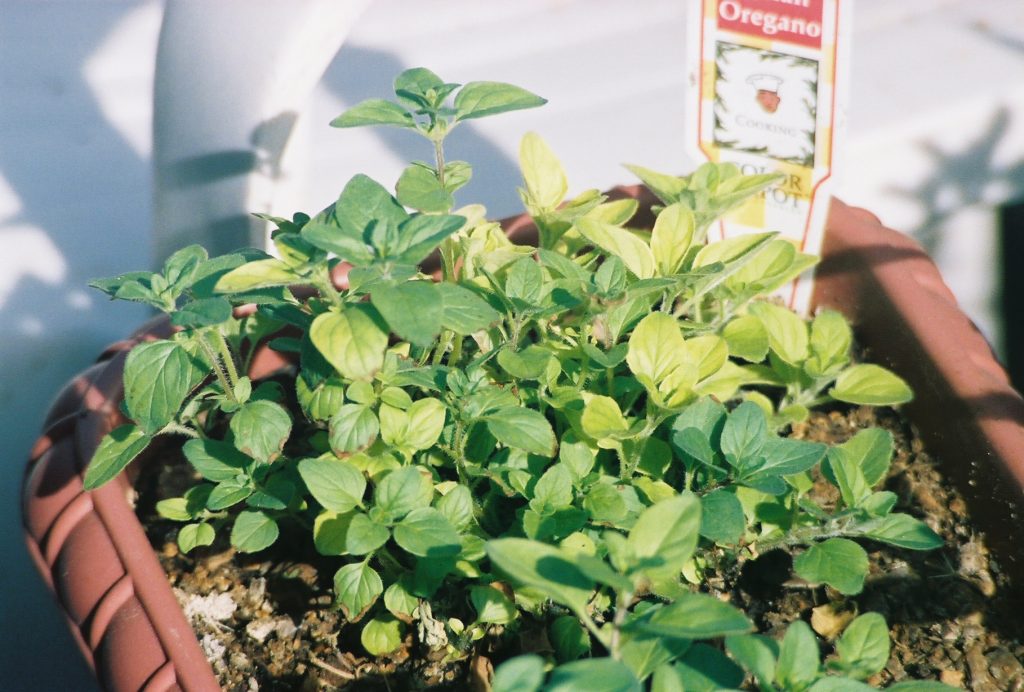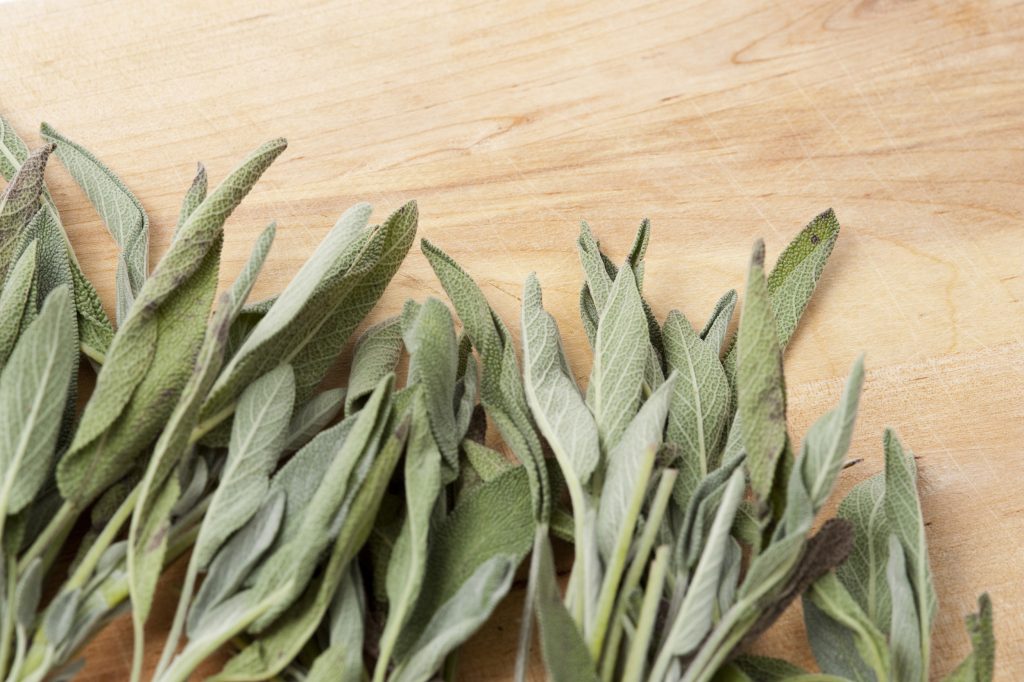The masala herbs are the heart and soul of every dish you come across. They are secret ingredients that add texture, aroma, color, and flavor to cooking. Yes, they are the natural magic in culinary arts as they enhance the taste of every cuisine it comes in contact with.
Additionally, you can use these masala herbs individually or mix them with other ingredients. Hence, due to its ability to produce a rich symphony of flavors, chefs from ancient times have used them to garnish the dish.
The benefits of these masala herbs do not only end with flavors and aroma but also create a healthy diet. They possess significant health advantages with multiple medicinal properties.
Season Your Dull Foods With Masala Herbs
Masala herbs are green leafy or flowering parts of plants with aromatic properties. They can be used fresh or dried and have subtle flavor in them. Unlike spices, herbs have a sweet aroma, and adding them extra to the dish will not hamper the taste; it will enhance it.
With this, we will discuss some of the most commonly used herbs in the kitchen.
Bay Leaves (Tej Patta)
They are the foliage of the bay laurel tree and are used to season food as a whole. It has a non-volatile aroma; hence, you can use it after drying or even fresh. Usually, they are added to the dish while cooking and taken out later while serving.

This herb gives a subtle flavor that, during the initial phase, provides a strong hint of menthol, but the aroma gets mellow while cooking. It often enhances the taste when added to a meat dish, soup, broth, dried beans, etc.
While cooking, you can add one or two bay leaves for a subtle aroma. Apart from flavors and aromas, they are known to help people with diabetes, Cancer, stomach problems, pain, and many other conditions.
Fenugreek (Methi)
Methi is one of the most common herbs used in Nepali households and is often used for almost every dish. While cooking, it smells like maple syrup and has a somewhat bitter, burnt-sugar flavor. Yes, it also holds multiple health benefits.
Often they are added initially when the oil is heated. It is added to let it roast before you add other ingredients, and it is said to help with your cold. Likewise, they also slow sugar absorption in the stomach and stimulate insulin.
They are often used for diabetes, menstrual cramps, sexual problems, enlarged prostate, high cholesterol, obesity, and many other conditions.
Oregano
With a somewhat lemony flavor, Oregano comes from the mint family with tiny leaves. They have an intense aroma, robust flavor, and edible pink or purple flowers.
Generally, oreganos are used for making stocks and soups. They are not added separately with just leaves; they are tied together with other herbs and dipped in the dish while cooking. It is often used in the early process of cooking.

Here, if you use the dried option of Oregano, you should only use the leaves and discard the stem. These herbs hold herbal value and help with asthma, cramping, colds, skin sores, etc. Similarly, it helps to regulate blood sugar and lipids and to relieve inflammation.
Rosemary
It is an evergreen herb with a sweet, resinous flavor. They also come from the mint family and have a strong flavor. Also, they resemble the pine tree in both aroma and appearance.
Like other herbs, rosemary can also be used as a fresh or dried component. While cooking, they are added as whole leaves. When using the dried part, you should crush them before adding them.
Likewise, if you add it to a soup, you can add the whole stem but remove it later while serving. They often pair well with grilled meat, potatoes, beans, and lentils. Additionally, rosemary is a good source of iron, calcium, and vitamin B-6.
Usually, they are used to help in help during muscle pain, improve memory, boost the immune and circulatory systems, and promote hair growth.
Sage
It is an evergreen herb with a strong herbal aroma and earthy flavor. They have an oval leafy appearance with a woody stem and are commonly used in savory dishes.
The dried version of sage has a more potent aroma; however, it loses its fresh appearance and bitter taste. In ancient times, sages were often used to ward off evil spirits. While cooking, you can chop them into thin slices and add on to your dish.

Furthermore, you can also deep fry them while cooking. But if you are using dried sage, you should add them at the beginning to give you a mellow flavor. You can also mix it with other herbs such as thyme, onion, parsley, and many more.
Other Herbs In The Kitchen
Apart from the mentioned herbs, many other spices are commonly used in the kitchen, some of which are below.
- Thyme: often used as an all-purpose seasoning and has a woodsy, spicy aroma and flavor.
- Saffron: has a subtle and distinct aroma and often gives a yellow color to the dish.
- Basil: has a highly aromatic with a robust licorice flavor.
- Cilantro: has a spicy, herbaceous flavor.
- Chives: used for garnishing and has an onion flavor.
- Mint: versatile and intense flavor.
- Parsley: light and grassy in taste.
- Dill: feathery herb with a pungent herb flavor.
Tips To Use Herbs
- If you are making a broth, do not add two or more potent herbs. It is only suitable to use one powerful herb and another mild one.
- Use dried herbs at the beginning; however, if you are using fresh herbs, use them at the end. It helps to flavor your dish correctly.
- The more you chop your fresh herb, the more flavor and aroma it will generate.
- If you use dried herbs, always crush them to get more flavor.
- Often dried herbs are more flavorful than fresh ones.
In A Nutshell
Masala can be used to add flavor and depth to a variety of dishes, including soft or bland foods. It is especially effective at boosting the taste of vegetables, legumes, and proteins like chicken, fish, and tofu.
Overall, Masala is a versatile and flavorful seasoning that can excite any dish. It is an excellent option for those looking to add spice and flavor to their cooking.

